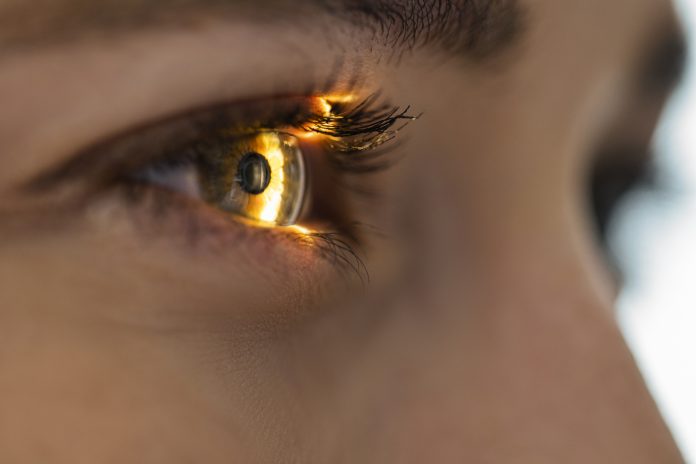Researchers in Tsukuba, Japan, have found that changes in pupil size during light exercise can predict improved prefrontal executive function
New research from Tsukuba reveals a potential breakthrough in understanding the neural activity that drives the benefits of light exercise on prefrontal function.
The prefrontal cortex is a critical brain region involved in decision-making, planning, working memory, and various executive functions. Understanding how exercise impacts this area could have significant implications for cognitive health and overall well-being.
The study involved a multidisciplinary team of neuroscientists, physiologists, and exercise specialists who collaborated to investigate the specific neural pathways involved in the relationship between light exercise and improved prefrontal function.
Pupil size predicts prefrontal function after light exercise
Mild forms of exercise, such as yoga or walking, have long been associated with improved mood and enhanced executive function, involving the prefrontal cortex responsible for goal-oriented behaviour.
Yet, the exact neural mechanisms responsible for these enhancements must be discovered due to technical constraints.
Pupils and neural activity
The study explores pupillometry, a noninvasive and contactless measurement technique, to investigate neural activity during aerobic workouts.
Pupil size variations have been shown to closely correspond to the brain’s noradrenergic arousal system, making them a potential indicator of arousal neural activity.
With this insight, the research team led by KUWAMIZU Ryuta and SOYA Hideaki theorized that changes in pupil size during very light exercise could predict subsequent prefrontal executive function improvement after training.
Exercise and prefrontal cortex activity
The research team conducted experiments with healthy young adults, subjecting them to 10 minutes of very light exercise followed by an executive function task.
The results demonstrated that pupils dilated during the training, with the degree of dilation proving to be a reliable indicator of the subsequent improvement in executive function.
Functional near-infrared spectroscopy was used to analyze prefrontal cortex activity during the administrative function task, revealing increased activity in the left dorsolateral prefrontal cortex—a region associated with executive function- to further delve into the brain’s activity.
Implications and future prospects
The findings suggest that the augmentation of prefrontal executive function resulting from very light exercise can be attributed to pupil-linked neural activity, explicitly involving activating the brain’s noradrenergic arousal system.
This discovery holds promise for identifying pupil diameter as a novel biomarker to predict the cognitive effects of exercise on the brain. As the study focused on young adults, further research may explore whether these results apply across different age groups and populations.
In conclusion, this study sheds light on pupil size’s crucial role in predicting improvements in prefrontal executive function after light exercise.
With this understanding, future investigations could pave the way for personalised exercise regimens to enhance brain function and overall well-being.











